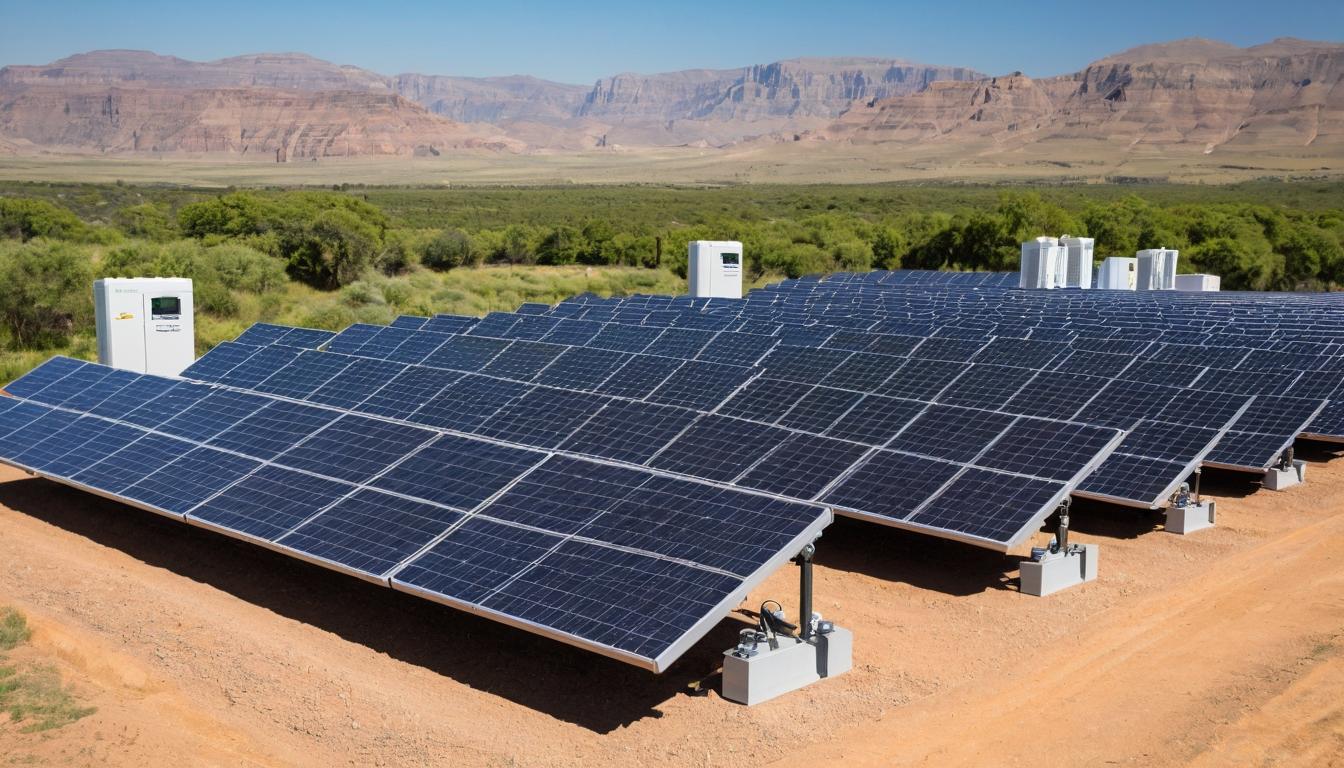The sun sets over the Arizona desert, but the electricity generated by the vast solar farms continues flowing into homes and businesses. This isn't magic—it's the quiet revolution happening in energy storage that's fundamentally changing how we think about solar power. Across the country, battery installations are transforming solar from an intermittent resource into a reliable, 24/7 power solution.
In California, where rolling blackouts once threatened the state's energy security, massive battery installations now store enough solar energy to power millions of homes through the evening peak. The numbers are staggering: the state added over 4,000 megawatts of battery storage in just three years—enough to power roughly 3 million homes. This isn't just about backup power; it's about reshaping the entire energy ecosystem.
What makes this transformation particularly fascinating is how it's happening at every scale. Homeowners are installing Powerwall-style batteries alongside their rooftop solar, creating virtual power plants that can feed electricity back to the grid during high-demand periods. In Texas, solar-plus-storage projects are beating natural gas plants on cost, while in Hawaii, batteries are helping islands achieve energy independence.
The technology behind this storage boom is evolving at breakneck speed. Lithium-ion batteries, once primarily associated with consumer electronics, are now being manufactured at grid scale with improved safety and longevity. Meanwhile, new technologies like flow batteries and compressed air storage are emerging as viable alternatives for longer-duration storage needs.
But the real story isn't just about the technology—it's about the economic transformation. Solar-plus-storage projects are increasingly winning competitive bids against traditional power plants. The levelized cost of solar-plus-storage has fallen nearly 90% over the past decade, making it not just environmentally preferable but economically superior in many markets.
This economic advantage is driving a manufacturing renaissance in the United States. From Georgia to Michigan, new battery factories are springing up, creating thousands of jobs and reducing dependence on foreign supply chains. The Inflation Reduction Act has accelerated this trend, with tax credits making domestic manufacturing increasingly competitive.
Yet challenges remain. Supply chain constraints, regulatory hurdles, and interconnection queues threaten to slow the storage revolution. Some utilities are struggling to adapt their grid management practices to handle bidirectional power flows, while others are embracing the opportunity to create more resilient, decentralized energy systems.
The environmental implications extend beyond carbon reduction. Properly sited solar-plus-storage projects can reduce land use conflicts by maximizing energy output from existing infrastructure. They can also help mitigate the urban heat island effect and provide habitat benefits when combined with thoughtful landscape design.
Looking ahead, the integration of artificial intelligence and machine learning promises to make energy storage even more efficient. Smart algorithms can predict energy demand patterns, optimize charging and discharging cycles, and even participate in energy markets autonomously. This digital layer represents the next frontier in the solar storage revolution.
For consumers, the benefits are becoming increasingly tangible. Home battery systems can provide backup power during outages, reduce electricity bills through strategic energy use, and even generate revenue by selling excess power back to the grid. Community solar projects with storage are making these benefits accessible to renters and low-income households.
The international dimension adds another layer of complexity and opportunity. As developing nations leapfrog traditional grid infrastructure, solar-plus-storage microgrids are providing reliable electricity to remote communities. This decentralized approach could fundamentally reshape global energy access patterns.
What's clear is that we're witnessing more than just an incremental improvement in solar technology. We're seeing the emergence of a new energy paradigm—one where clean, reliable power is available around the clock, where consumers become producers, and where resilience is built into the very fabric of our energy system. The solar revolution, it turns out, was just the beginning.
The solar revolution's next frontier: How energy storage is reshaping America's power grid




